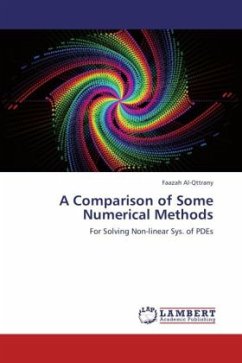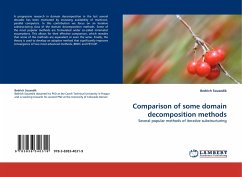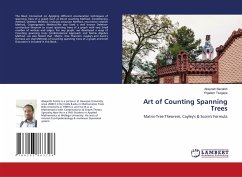In phylogeny the evolutionary histories of organisms are studied and presented in trees or networks. The results of such an analysis can differ, depending on the origin of the data and the method used for the tree reconstruction. Hence, often it is not clear which of the various possible evolutions is the one closest to reality. Comparing phylogenies can give more certainty in the results and so it is already common to compute tanglegrams, which visualize trees and their differences. Despite the effort to obtain tree tanglegrams, so far they lack the ability to present networks. But often networks are better suited to describe relationships and a comparison of these more complex structures is also required. To meet this need, the book presents two algorithms that are able to compute network tanglegrams. The reader is familiarized with existing comparison methods and then introduced to the new topic of network tanglegrams. Further, the new algorithms are described in detail, including pseudocodes, and several simulations provide an impression of their performance. The book addresses biologists as well as computer scientists that are interested in comparative visualization methods.
Bitte wählen Sie Ihr Anliegen aus.
Rechnungen
Retourenschein anfordern
Bestellstatus
Storno








